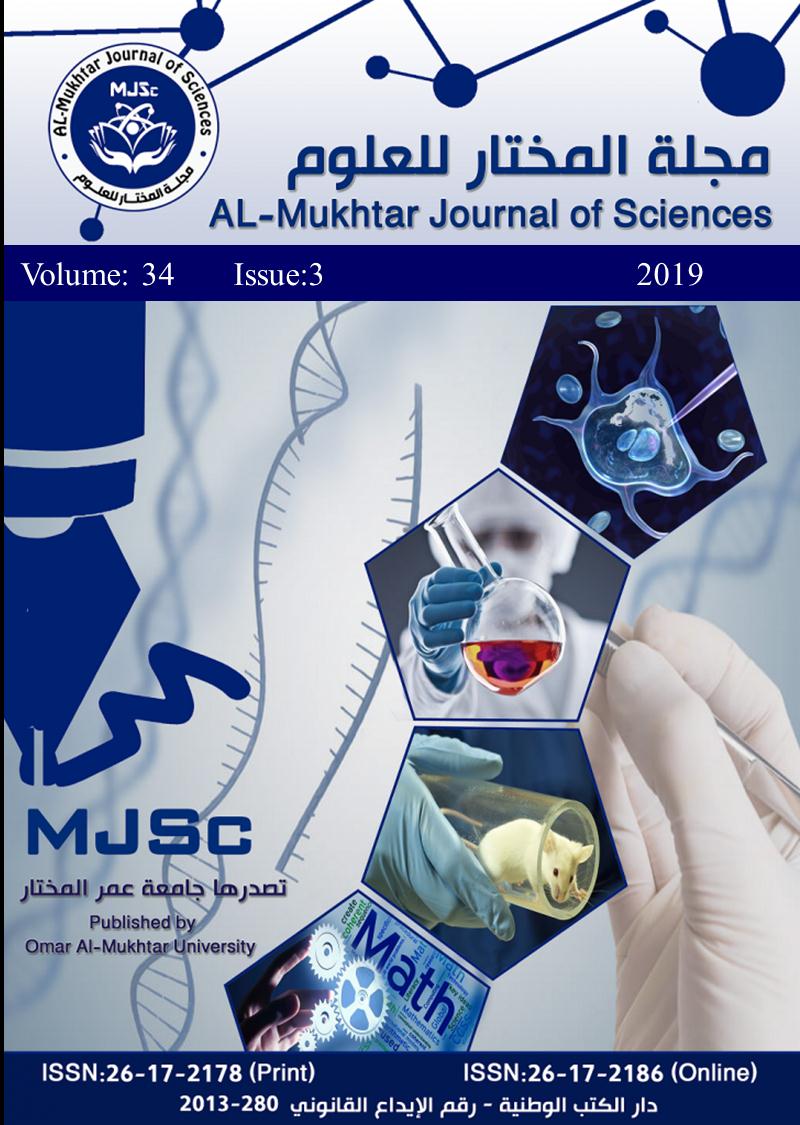Finite Element Simulation of the Instrumented Indentation Test to Estimate the Mechanical Properties for ASTM516-G70 and AISI1010 steels
DOI:
https://doi.org/10.54172/mjsc.v34i3.273Keywords:
finite element simulation, ABAQUS, Instrumented indentationAbstract
Instrumented indentation technique at micro-scales has become more popular to determine mechanical properties of materials like hardness, modulus of elasticity, and yield strength. It is introduced as a method that finds the stress-strain curve, instead of the traditional tensile test. Furthermore, it gives a possibility to determine the mechanical properties for small specimens and material under operation in the field. Several researchers have attempted to evaluate this method experimentally and to investigate the factors affecting it by using a different shape of indenters, and different types of materials. In the same regard, this research work is conducted to evaluate this method experimentally and by finite element simulation methods. Two types of industrially significant steels were selected; they are namely ASTM516-G70, AISI1010 steel; and two shapes of indenters, blunt and sharp (Spherical, and Vickers) were used. The finite element simulation has been performed by ABAQUS simulation program, and its results were then compared with the experimental test results obtained from Nanovea instrumented indentation test machine. The results obtained have demonstrated good agreement between the experimental and the finite element simulation results within 5 % difference for young’s module, and 7.7 % for yield strength whereas excellent agreement is observed in the elastic region and the beginning of the plastic region for the engineering stress-strain curve. Finally, it is to be emphasized that the obtained results are more applicable for the tested materials, and further research is recommended to accommodate other materials as well and to confirm the generality of this method.
Downloads
References
Abaqus. (2014). ABAQUS user’s manual. Version 6.14: ABAQUS Providence, RI.
Bhargava, A., & Sharma, C. (1990). Mechanical Behaviour and Testing of Materials; PHI Learning Pvt. Ltd: New Delhi.
Bressan, J., Tramontin, A., & Rosa, C. (2004). Modeling of nanoindentation of bulk and thin film by finite element method. Wear, 258(1-4), 115-122.
Chang, C., Garrido, M., Ruiz-Hervias, J., Zhang, Z., & Zhang, L.-l. (2018). Representative stress-strain curve by spherical indentation on elastic-plastic materials. Advances in Materials Science and Engineering, 2018.
Chen, C. (2009). 2-D finite element modeling for nanoindentation and fracture stress analysis.
Chiang, S., Marshall, D., & Evans, A. (1982). The response of solids to elastic/plastic indentation. I. Stresses and residual stresses. Journal of Applied Physics, 53(1), 298-311.
Clayton, J. D. (2005). Spherical Indentation in Elastoplastic Materials: Modeling and Simulation: Army Research Lab Aberdeen Proving Ground Md Weapons And Materials Research.
Doerner, M. F., & Nix, W. D. (1986). A method for interpreting the data from depth-sensing indentation instruments. Journal of Materials research, 1(4), 601-609.
Fischer-Cripps, A. C., & Nicholson, D. (2002). Nanoindentation. Mechanical engineering series. Appl. Mech. Rev., 57(2), B12-B12.
Karthik, V., Kasiviswanathan, K., & Raj, B. (2016). Miniaturized Testing of Engineering Materials: CRC Press.
Kimmari, E., & Kommel, L. (2006). properties of B4C/A1 composites. Paper presented at the Proceedings of the Estonian Academy of Sciences, Engineering.
Knapp, J., Follstaedt, D., Barbour, J., & Myers, S. (1996). Finite-element modeling of nanoindentation for determining the mechanical properties of implanted layers and thin films. Nuclear Instruments and Methods in Physics Research Section B: Beam Interactions with Materials and Atoms, 127, 935-939.
Midawi, A. R., Kisaka, Y., Santos, E., & Gerlich, A. (2016). Characterization of Local Mechanical Properties of X80 Pipeline Girth Welds Using Advanced Techniques. Paper presented at the 2016 11th International Pipeline Conference.
Oliver, W. C., & Pharr, G. M. (1992). An improved technique for determining hardness and elastic modulus using load and displacement sensing indentation experiments. Journal of materials research, 7(6), 1564-1583.
Panich, N., Kraivichien, V., & Yong, S. (2004). Finite element simulation of nanoindentation of bulk materials. Journal of Scientific Research of Chulalongkorn University, 29(2), 145-153.
Rabinowicz, E., & Tabor, D. (1951). Metallic transfer between sliding metals: an autoradiographic study. Proceedings of the Royal Society of London. Series A. Mathematical and Physical Sciences, 208(1095), 455-475.
Xu, B., & Chen, X. (2010). Determining engineering stress–strain curve directly from the load–depth curve of spherical indentation test. Journal of Materials Research, 25(12), 2297-2307.
Yang, F., & Li, J. C.-M. (2008). Micro and nano mechanical testing of materials and devices: Springer
Downloads
Published
How to Cite
License

This work is licensed under a Creative Commons Attribution-NonCommercial 4.0 International License.
Copyright of the articles Published by Almukhtar Journal of Science (MJSc) is retained by the author(s), who grant MJSc a license to publish the article. Authors also grant any third party the right to use the article freely as long as its integrity is maintained and its original authors and cite MJSc as original publisher. Also they accept the article remains published by MJSc website (except in occasion of a retraction of the article).










